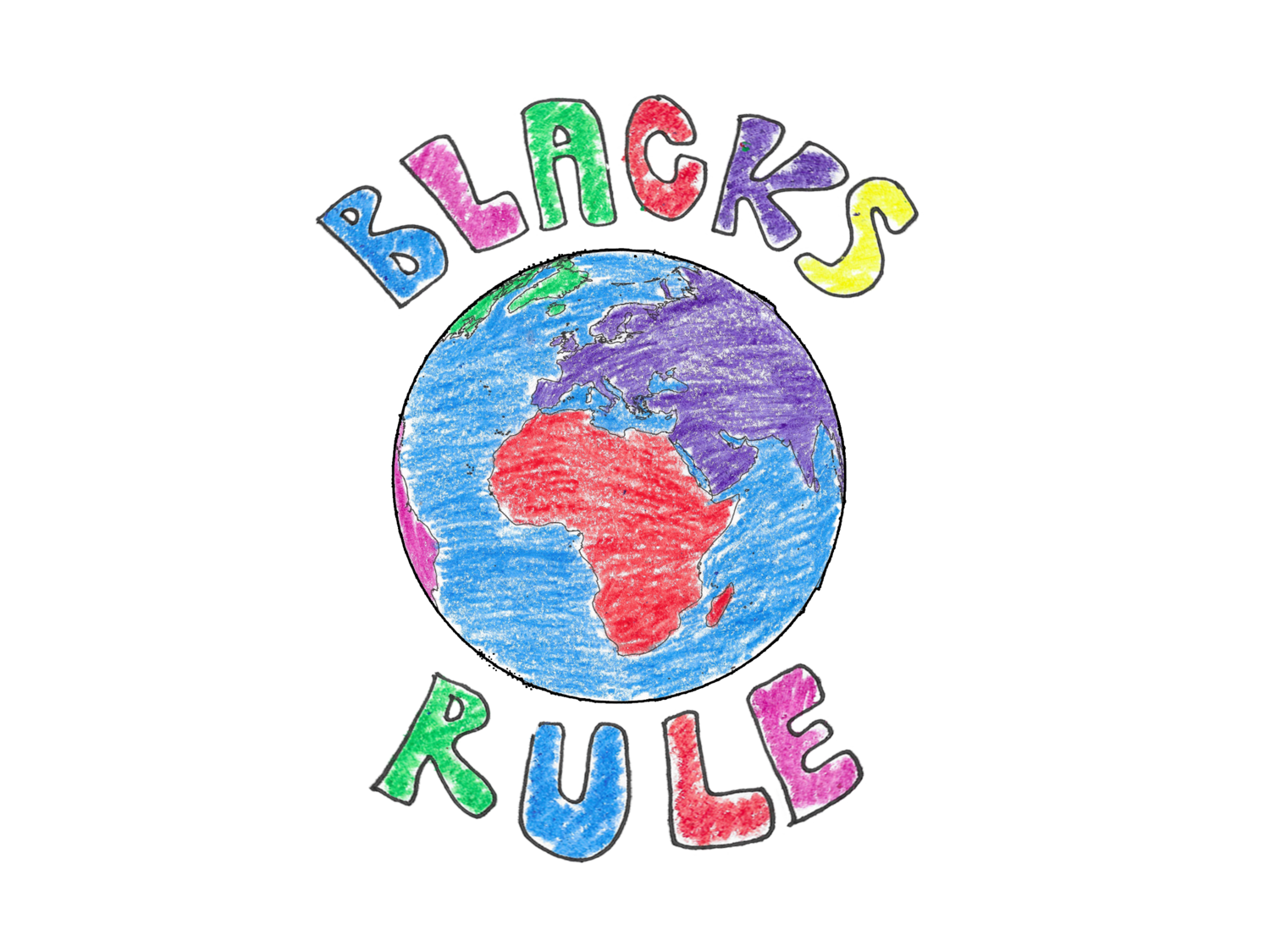Octavia Mingerink
I want to talk about your professional journey and the determination you have. You just illustrated the cover for Tabitha Brown’s new book, Seen, Loved and Heard. These things don’t happen overnight, and there was so much trial and error that happened before you got to this point in your career.
Octavia Mingerink: It’s a trauma response. You’re telling me I have so much determination…I don’t think I have any. I was raised in this constant state of fear of really doing anything. So I did what I needed to do. I was always stuck in fight or flight.
Was the thing you needed to do making art, or was it taking care of yourself because you knew no one would?
Both. I was like, “If I’m going to do this, then I’m going to do this, and I’m going to do it right.” You call it determination. To me, it was just my game plan.
How do you then not lose your love of art when it’s also providing you with the means to live?
It’s a love-fear relationship. I love it so much, and thinking about my life without it fucking scares me. I can’t live without art. It sounds like a drug and shit, but that shit is.
You recently started your own Patreon page. Can you talk about that?
I started my Patreon because I really wanted pen pals. I really like sending things; I’m a very tactile person. I love to write little notes and shop for little envelopes or anything stationery related. With each tier, there’s something for everybody. The cheapest tier to receive any kind of piece of mail for me would be $2 and then $5 for the sticker club, $10 for the print club, $10 for the block print, $40 for a custom piece, and whatever else everyone gets. You also get a coupon to use a week before my shop opens to the public and even get to help me make decisions on different kinds of merchandise.
With your Patreon and really all the work that you’re doing, there is a certain business skill that is necessary. Being creative is one thing; taking care of the business aspect is an entirely different beast. How have you made sure you’re always good on the business front?
Self-research, I Google. I also don’t give a fuck. If I have a question, I’m going to ask you. You’re either going to answer it, leave me on read, or you just never get it. But I’ll reach out to big illustrators and just other people that are clearly making some kind of money.
I want to talk with you about college and the jobs you had right after college. You went to DePaul, right?
I graduated from DePaul, moved to Grand Rapids and worked at Burlington Coat Factory, got into FedEx Office because they liked my graphic design background, and then I left there to go to Baker Publishing.
Once people get a degree in a creative field, they have a certain kind of job they expect to get. A lot of people wouldn’t have taken the FedEx gig and maybe just waited for the publishing gig to come their way. You didn’t. Why?
It’s solely because it was better than Burlington Coat Factory, and I could use my degree. I couldn’t have got my publishing job without FedEx. What I learned at FedEx helped me at my publishing job because they didn’t know how to do what I learned to do at FedEx. I came with a lot of knowledge about how to work with different printers and even just knowing different kinds of papers. I do want to make a note on the record that I mostly make art that I didn’t get my degree in...
What did you end up getting your degree in?
I got my degree in graphic design. But, I wish I got my degree in printmaking. I wish I knew more about printmaking, the technical stuff.
A lot of your work is rooted in the beauty of the Black experience. Your art uplifts and reminds us of those who came before us. It’s one of your specialties.
I’ve struggled with my identity as a person and how it translates into my art. One day I feel like drawing those who came before us. The next day I feel like drawing cute cats, eggs, and flowers. I try to mesh both together because both parts of me exist, and I should be allowed to post whatever I want or create whatever I want.
Growing up in this fucking hellhole of a country and trying to unlearn and learn is such a battle. It’s so tiring. But I’m a visual learner. Those artists back then did the same thing but under the purpose of getting a message out. I think my work doesn’t want people to forget the message existed.
There are so many filmmakers who end up writing the first film they direct because that’s the only way for them to get an opportunity to direct. You approach your own career in a very similar way. Can you talk a little bit about creating your own opportunities?
In 2020, I drew a Black woman for every day of Black History Month. That landed me a gig illustrating for the book, Science Superstars. I drew 30 women in STEM. One of the tips that I give artists is that if you’re not booking projects, make shit for stuff you want to get booked for. You have to create what you want to see, even if you can’t create it the exact way you see it.
This interview has been edited and condensed for clarity. Download issue 7 of Blacks Rule as a PDF for free here and buy a physical copy here.




